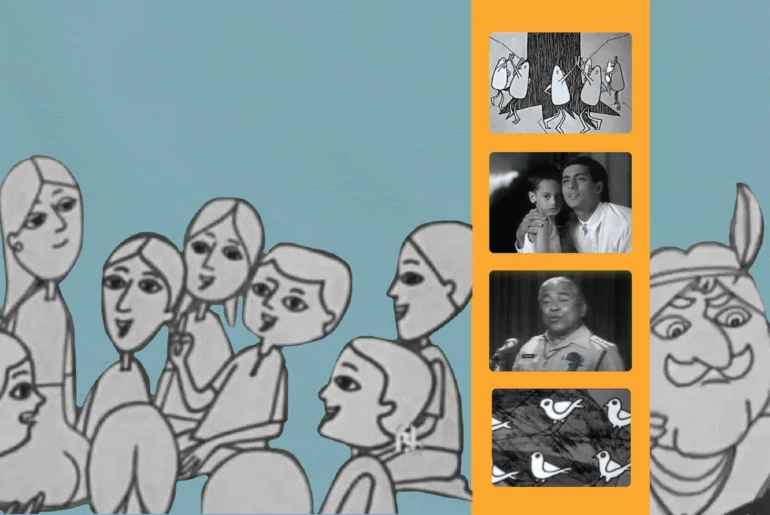For those of us in midlife, the art of celebration has evolved into something more refined, intentional, and enjoyable. This article explores how we can redefine fun by prioritizing quality over quantity, embracing early evening gatherings, and focusing on shared experiences and meaningful connections.
Gone are the days of all-nighters and recovery brunches that stretched into dinner. For those of us in midlife, the art of celebration has evolved into something more refined, more intentional, and dare we say, more enjoyable. This isn’t about giving up on fun, it’s about reimagining what fun looks like in our current chapter of life.
As we mature, our bodies and priorities change, but our desire for connection and celebration remains constant. The key lies in adapting our approach to socializing in ways that honour both our wisdom and our need for recovery time. The good news? This evolution can lead to more meaningful and memorable experiences.
Timing is everything
The new midlife party doesn’t start at 10 PM, and that’s perfectly fine. Early evening gatherings have become the gold standard, allowing for genuine connection while ensuring everyone gets home at a reasonable hour. Think sophisticated 6 PM dinner parties rather than midnight club entries.
Instead of counting drinks, count memories. Focus on premium beverages savoured slowly, or explore the expanding world of craft mocktails and non-alcoholic spirits. One perfectly mixed cocktail can provide more satisfaction than several rushed drinks ever could.
Activity-centered socializing
Modern midlife gatherings often revolve around shared interests rather than just drinking. Cooking classes, wine tastings, book discussions, or even group hikes followed by a relaxing lunch create natural environments for connection without the pressure to overindulge.
The most significant shift in midlife partying isn’t about what we’re drinking–it’s about why we’re gathering. Therefore, revisiting the ways in which we have traditionally been socialising and breaking those will help.
Host wine and cheese pairings where the focus is on appreciation and learning. Create themed dinner parties that celebrate culinary exploration. Organize cultural outings that combine intellectual stimulation with social connection.
Form walking groups that end at a café, organize weekend hiking clubs, or start a sports league. Physical activity combined with social interaction provides natural endorphins, no alcohol required.
Create environments where meaningful conversations can flourish. This might mean smaller groups, comfortable seating arrangements, and background music that doesn’t overwhelm dialogue.
The art of hangover prevention
Prevention is better than cure, and in midlife, this becomes especially relevant. Our tolerance for alcohol also changes with age, so the same limits that worked for us may not any more. Consider these strategies:
- Set clear intentions before events about drink limits
- Maintain hydration throughout social gatherings
- Eat substantial meals before drinking
- Listen to your body’s signals about when to call it a night
- Consider supplements like B vitamins or electrolytes if you go drinking often
The bottom line
Midlife partying isn’t about diminished fun; it is about elevated experiences. By shifting focus from quantity to quality, from late nights to meaningful evenings, and from recovery to prevention, we can create social experiences that are more satisfying and sustainable.
The new template for partying acknowledges that fun doesn’t require excess, and that often, the most memorable social experiences come from genuine connections rather than how late we stayed out. It’s about celebrating life in ways that leave us energized rather than depleted, creating memories we can truly remember, and fostering connections that continue to enrich our lives long after the party ends.
This evolution in how we celebrate isn’t a compromise, it’s an upgrade. Welcome to the sophisticated world of midlife merrymaking, where the fun never stops; it just gets better with age.




